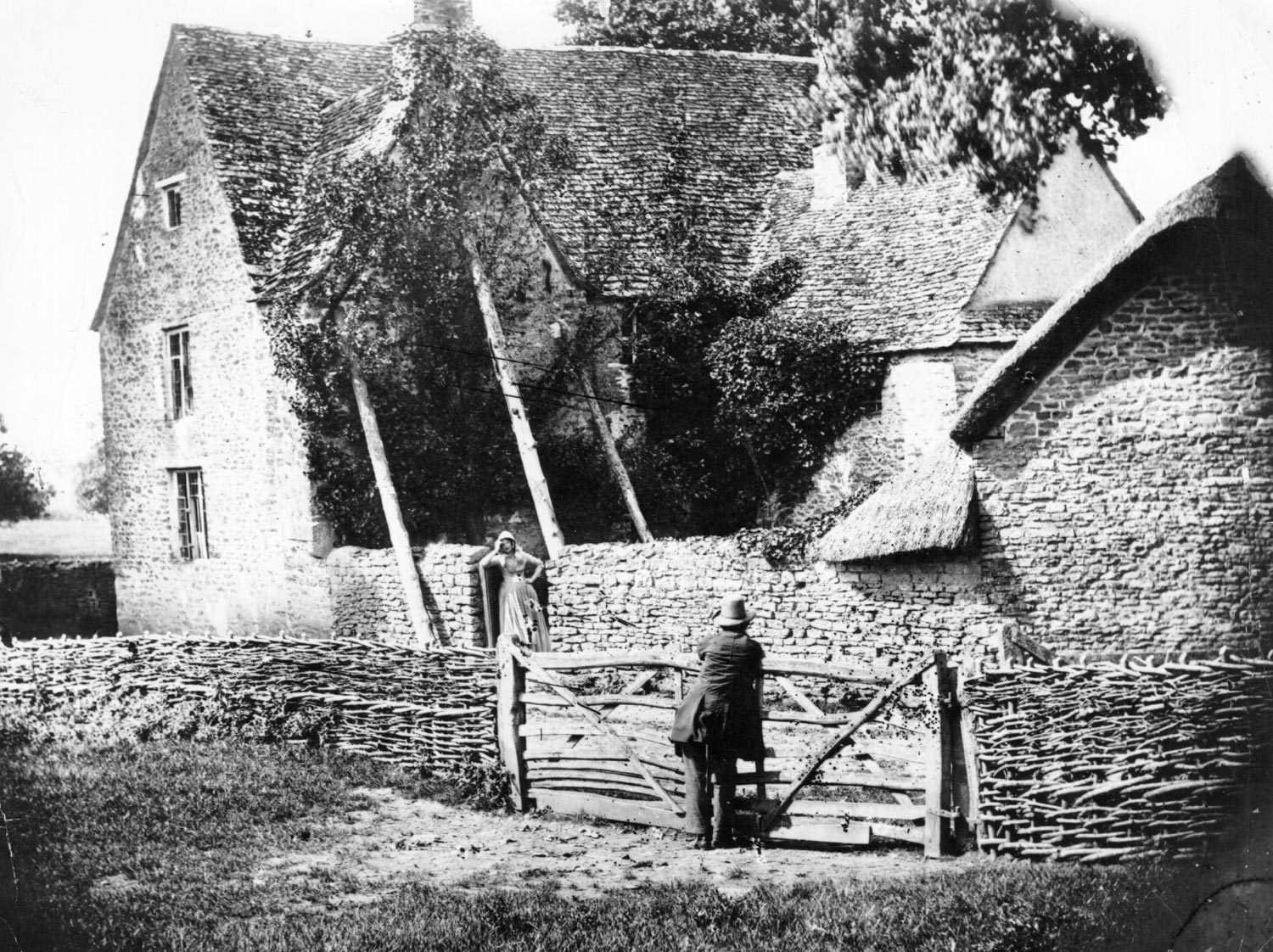Alongside William England (1830 – 1896), chief photographer for London Stereoscopic Company, previously featured on The Classic Platform, was one of Britain’s other noteworthy stereoscopic photographers, William M Grundy, whose work is also linked to London Stereoscopic. However, though Grundy’s name and images are well known among stereoscopic enthusiasts, little other information about him seems to have survived.
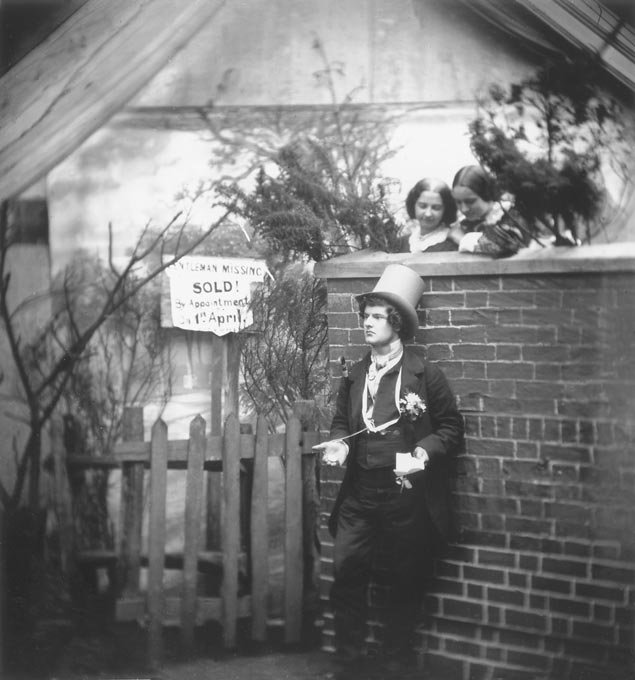
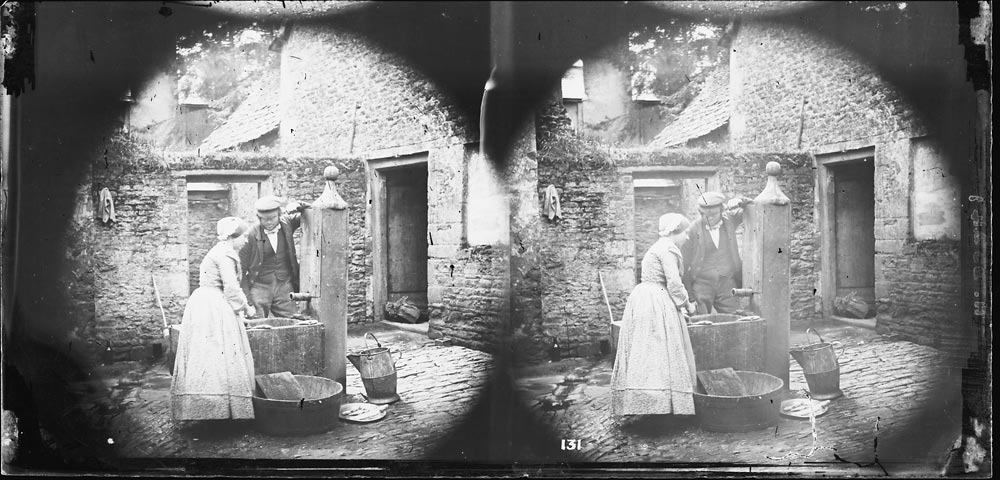
Grundy lived in Sutton Coldfield, near Birmingham. Unlike William M England, who is renowned for his extensive trips in America, France, Ireland and Switzerland, Grundy’s travels were more modest – indeed London Stereoscopic labeled his collection Grundy’s English Views! In 1859, while the 29-year-old England was in Niagara recording for posterity the intrepid Blondin crossing the Falls, and only eight years since stereoscopic photography had been unveiled to the public at the Great Exhibition of 1851, Grundy died. A year later his book ‘Sunshine in the Country. A Book of Rural Poetry’ (Richard Griffin & Co, 1860) was published. The romantic Victorian verse was illustrated by approximately 200 of Grundy’s idyllic pastoral images. At this early period in the development of photography the only way to reproduce photographs was either to engrave the image onto a printer’s woodblock, which removed any visual ideology of the photographic art, or to paste actual photographs alongside the text. For obvious reasons this was an expensive and labour intensive way to publish a book so the use of stereographs, where two nearly identical prints were printed from one negative, cleverly helped to keep down production costs.
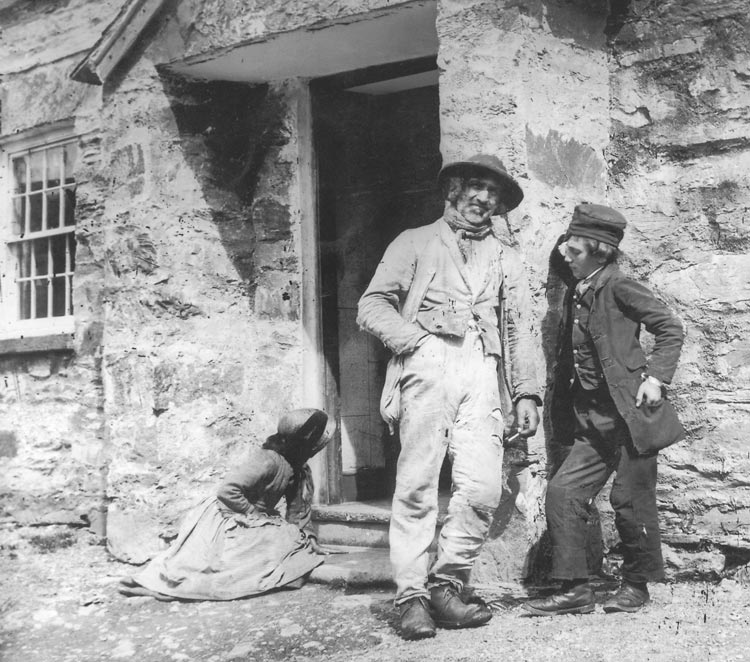
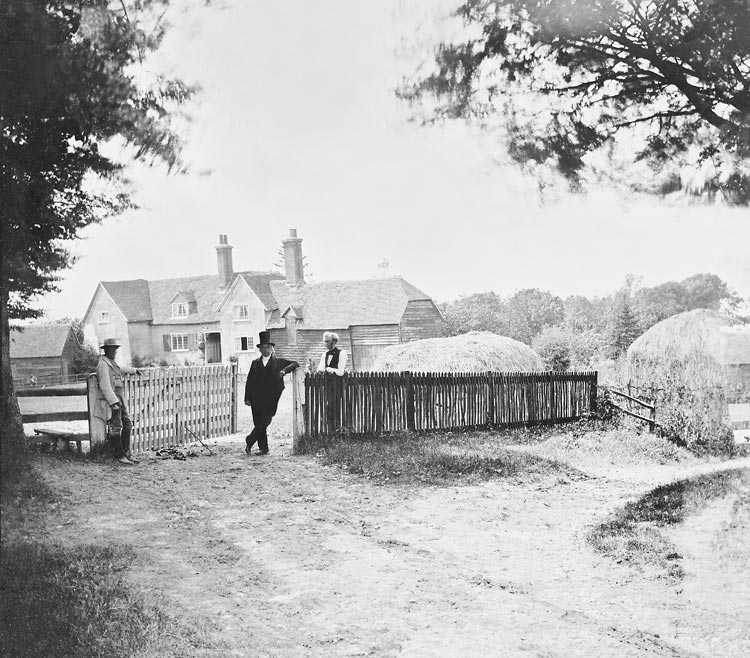
Following Grundy’s death London Stereoscopic Society bought his negative collection which has survived along with original ‘day books’ – the working catalogue of his images – in the Hulton files. His archive shows two very contrasting styles. The core collection is of 500 scenic views, from which the images used to illustrate ‘Sunshine in the Country’ were drawn. These show a poetic, idyllic view of rural life where farmworkers, gamekeepers and fishermen people a sun-dappled, rustic Arcadia. The images often appeared as stereocards alongside romantic texts describing, for example, the angler ‘with pliant rod athwart the silver stream’ where ‘nature smiles serenely fair.’
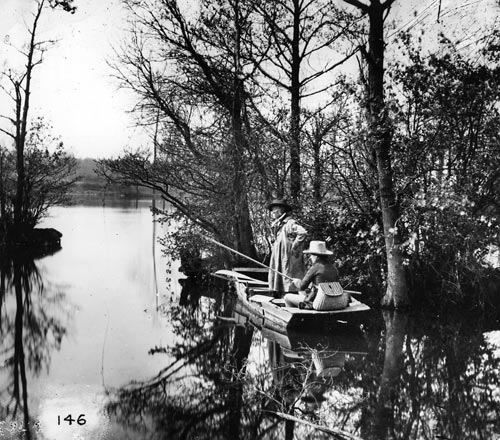
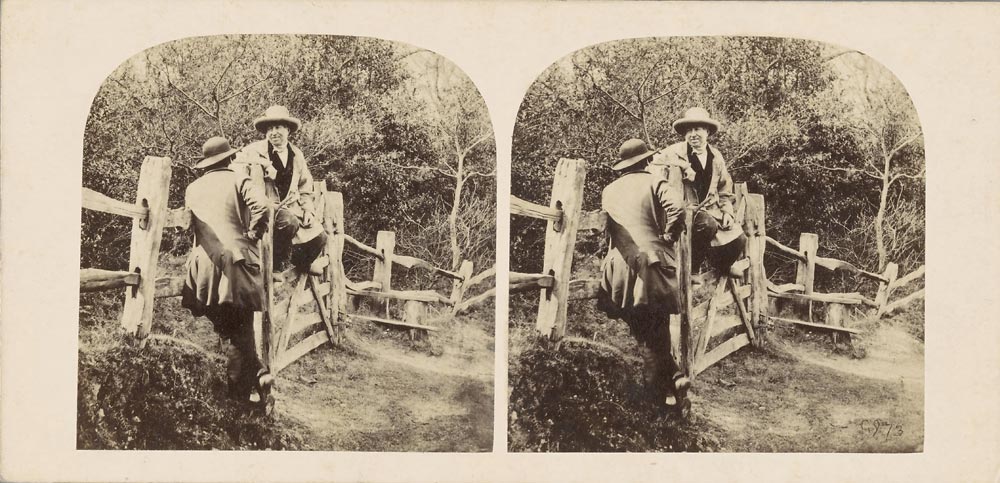
However a further series of images attributed to Grundy are very different in character. These include groups of shells, sculpture and other still lives, but are mostly studio set pieces in either comic or romantic vein. Ignorant peasants are startled at their supper by the appearance of malevolent spirits. Innocent children slumber by mirrored ponds in fantasy landscapes, or are watched over by benevolent angels. We believe that Grundy’s assistants in his Midlands studio photographed these for sale as stereocards and for sub-licensing by companies such as London Stereoscopic.
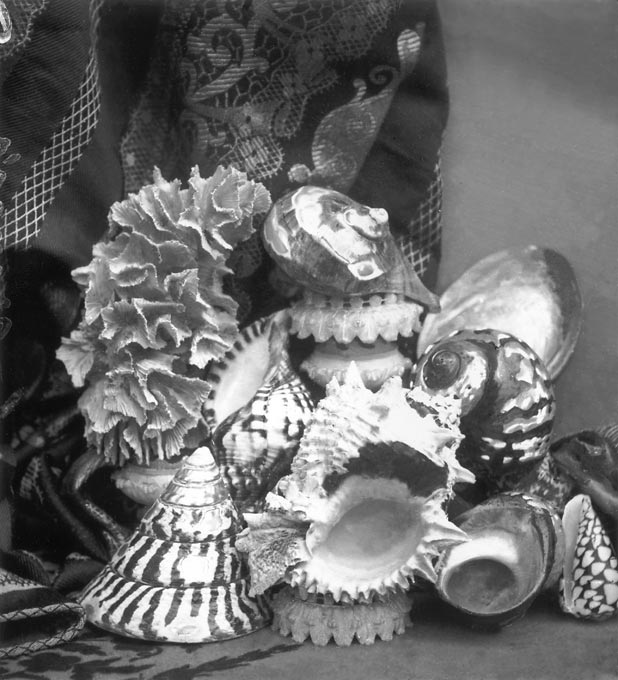
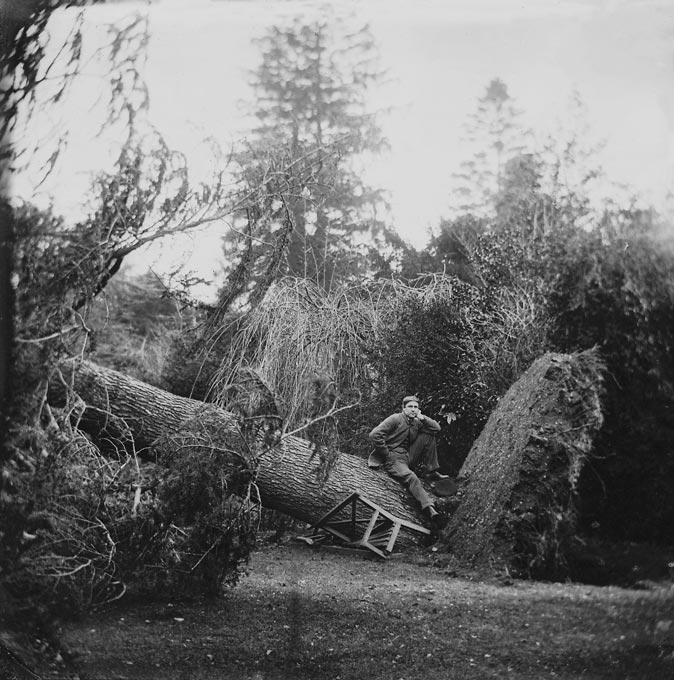
Grundy’s collection illustrates the populist style of the stereocard. Viewers and cards were relatively cheap and as London Stereoscopic announced with pride in their advertising ‘no home is complete without a stereoscope.’ It is also sadly the reason why photographic historians have often marginalised this medium. However stereocards are a rich vein of information, most obviously as a record of the costumes and customs of daily life which the ‘artistic’ practitioner was not concerned in photographing, but also providing an insight into the mindset of the Victorians. Through England’s American Views we see a society proud of the achievements of the industrial age and thirsty for knowledge of the world outside their parlours. On the other hand Grundy, in his brief period as a stereoscopic photographer, appealed to the romantic, sometimes maudlin, Victorian temperament, reflecting their fondness for the rural idyll and morbid obsession with mortality and the afterlife.
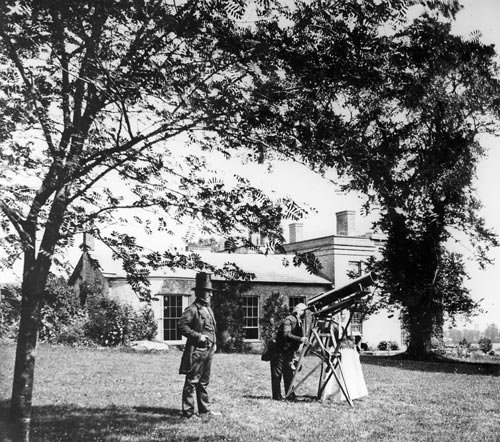
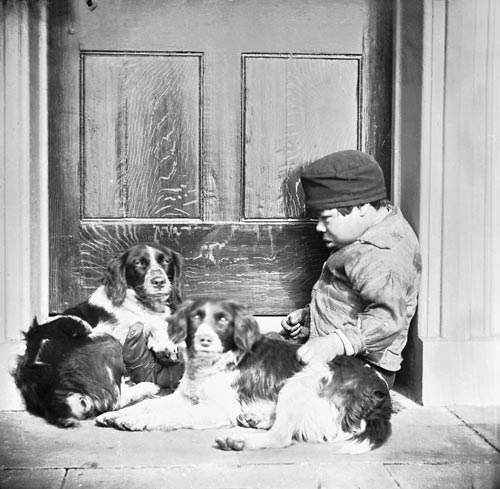
The William Grundy collection was acquired by the Hulton Picture Post Library as part of the Augustin Rischgitz acquisition incorporating the London Stereoscopic archive, in 1947 and is now part of Hulton|Archive, a division of Getty Images.
